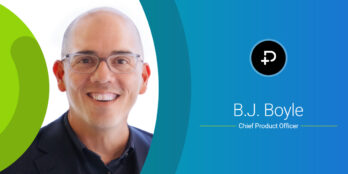
How Longitudinal Datasets Increase Care Transparency
 3 min
3 min
Access to information and data in long-term post-acute care (LTPAC) has traditionally been neglected in longitudinal patient studies.
However, with PointClickCare’s unique datasets, real-world evidence delivers clinically-rich insights into daily outcomes and occurrences, making visibility into this historically siloed population possible.
And when care becomes transparent, the boundaries that dictate possibility and reachability are eliminated, ushering in a new era of innovation, one driven by clinical trials that no longer rely on preordained processes.
Read on to learn how PointClickCare Life Sciences makes this transparency reality.
Real-World Evidence Yields Real-World Visibility
With over 20 years of real-world data, PointClickCare offers unique visibility into the LTPAC community through:
- Medication administration information approaching 100% compliance
- Extensive longitudinal patient records due to longer length of stays
- All co-morbidities, daily health outcomes, and activities of daily living (ADLs)
- Disease specific assessments and patient drug regimens
- Near-real time availability
Not only does this visibility differentiate us from competitors, but it also enables a transition away from traditional clinical trials, resulting in research methods that are more focused, informed, and specific.
Truth and Transparency in the Drug Development Process
When it comes to research, a gap has always existed between what we learn through research and what actually happens in the day-to-day of healthcare.
And without fail, this gap widens to create a notable difference between what we expect to happen and what actually happens.
But with real-world evidence, we no longer have to guess at what happens in those daily clinical occurrences—the gaps are filled with specifics rather than generalizations.
And this transparency doesn’t just impact the research space—it ultimately results in visibility into the drug development process, a system that has long been obfuscated. By representing the truth as it exists in the care setting, we can mirror representation of that truth in the drug development process.
Ultimately, this truth and transparency enables researchers and providers to improve patient outcomes today while driving innovation for tomorrow.
To learn more about how real-world evidence can drive innovation at your organization
June 2, 2022






